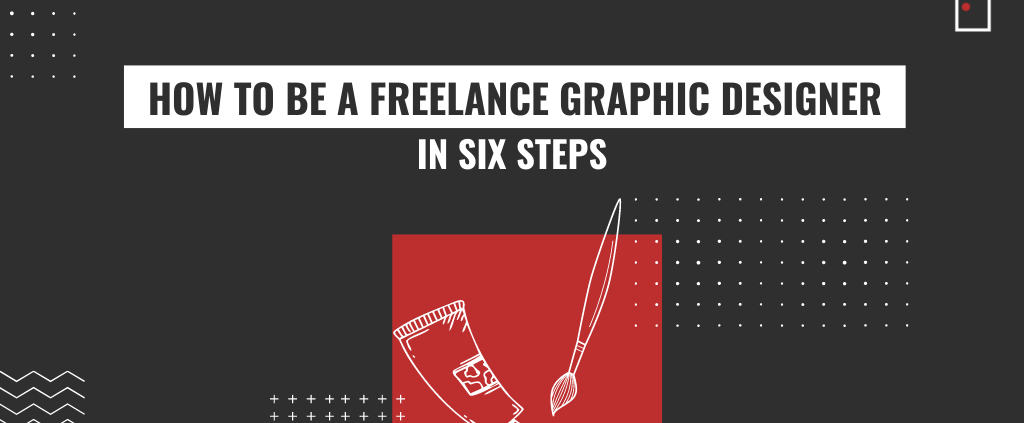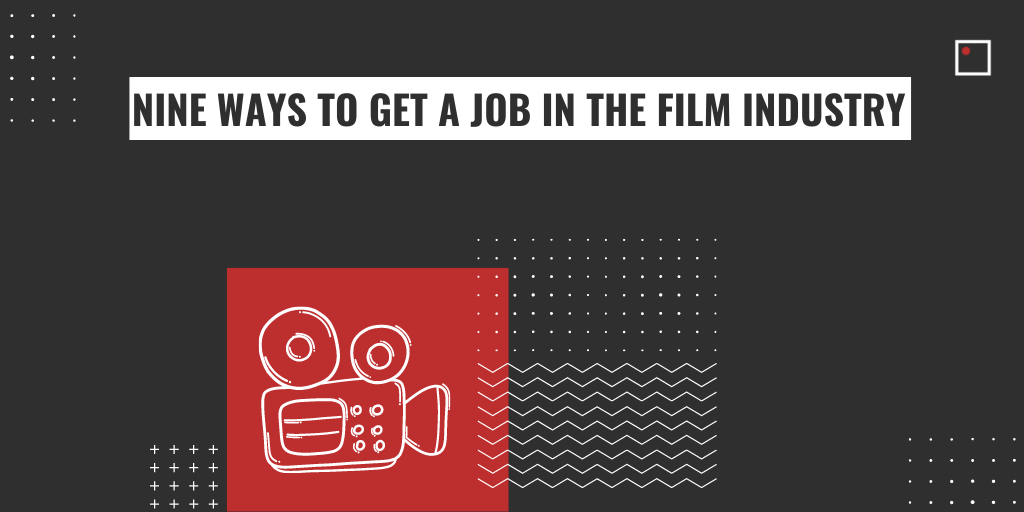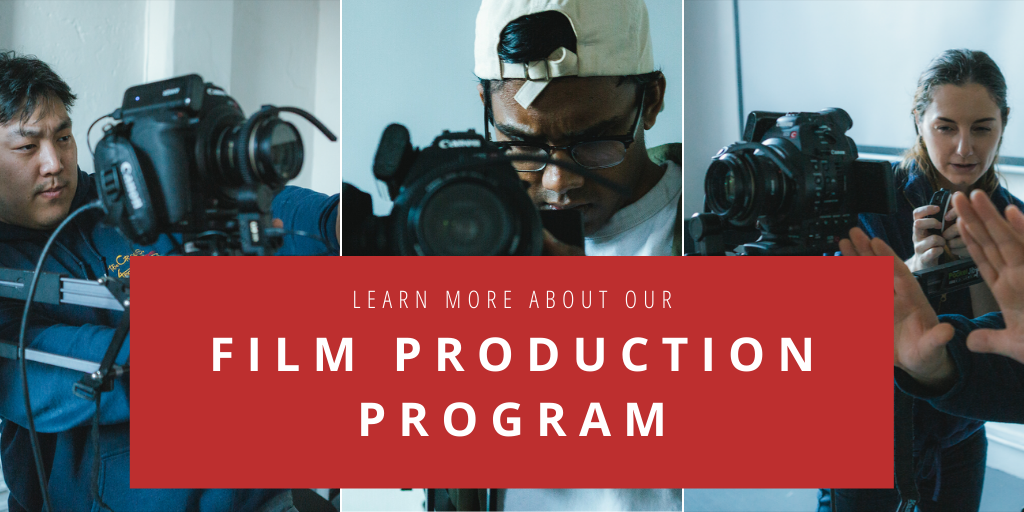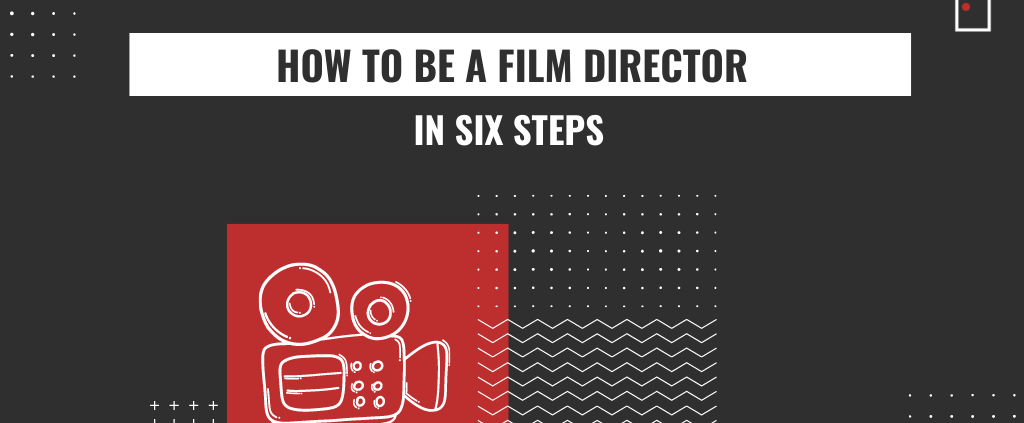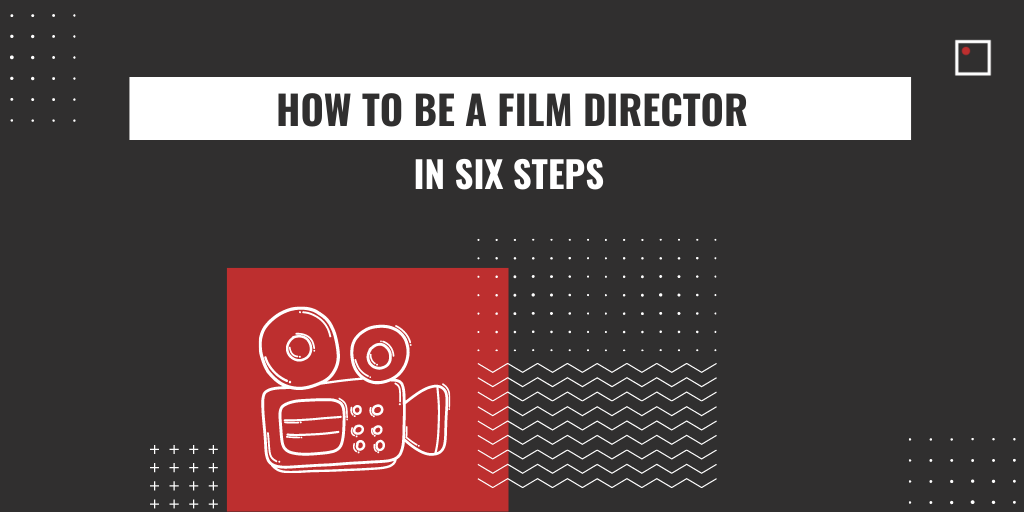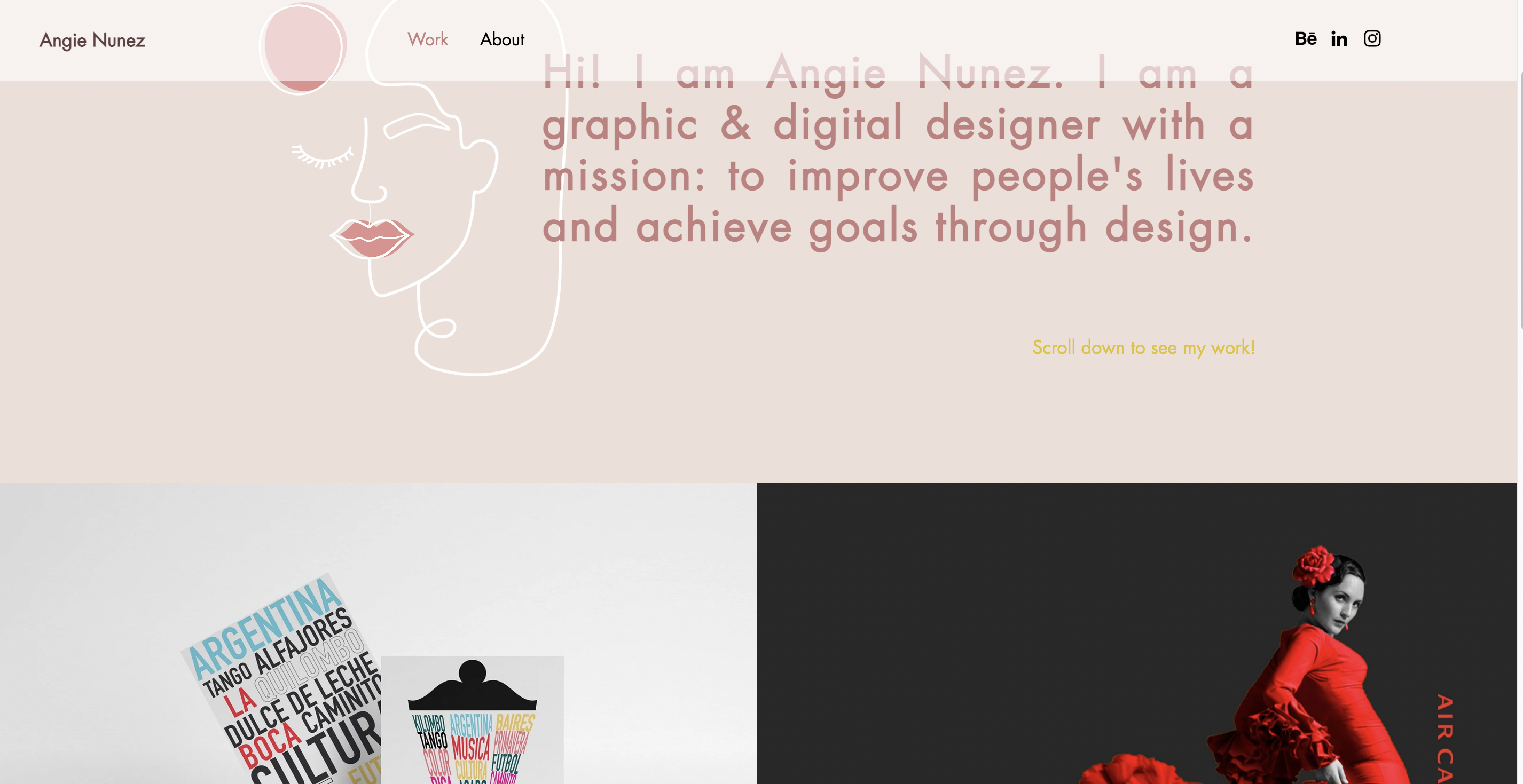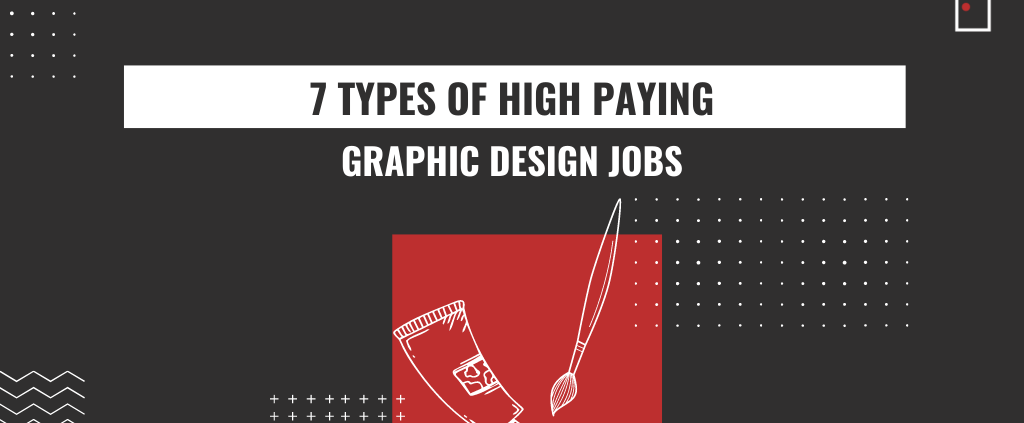Do you want to become a freelance graphic designer? Here is how to jump start a successful freelance career.
Becoming your own boss in the graphic design game can be nerve racking. Yet, freelancing gives you the freedom to attract the kinds of jobs or projects you care about on your own schedule. All your hard work is devoted to yourself and your own business, which makes freelancing a very fulfilling career path. If you are wondering how you can be a freelance graphic designer, here are six tips that will lead you to success.
1. Focus On Self-Branding As A Freelance Graphic Designer
Branding yourself and your business is one of the most important aspects of freelancing because an appealing brand will attract potential clients. Creating and growing a strong website will lead you to the jobs you want.
As a graphic designer, you have a leg up on the competition. Use your skills to create a website that showcases your beautiful design work while being user friendly. Showcase a few diverse examples of your best work, your contact information, and some information about yourself. This way, your customers can get to know you and your artistry.
Adding some touches like personal logos or icons is also a good idea. Try to make your site look as professional and eye-catching as possible.
2. Smooth Transactions
As a freelancer, you will have to work with a wide range of clients, some good and some bad. It is important to ensure that you are getting paid on time, receiving a fair price, and delivering what the client is looking for.
Draw up a couple contracts to have on hand. You can outline payment terms, payment stages, deadlines, and a plan of the work you will be creating for them. Having clear payment stages allows you to receive payment at a fair and consistent time. As well, a rough plan for designs will ensure that the client is happy with the final product. Asking specific questions and showing potential ideas up-front will be a lot quicker in the long run. The last thing you want is polishing a product that the client is going to ask you to redo.
When working with clients remotely and lines of communication may not be readily available, a cohesive contract with deadlines for both you and the clients is essential.

3. Have Multiple Income Streams
Having multiple income streams as a freelance graphic designer is a wise idea, as freelance work is more unpredictable than your typical 9-5. A freelance graphic designer might be slammed for several months and then struggle to find gigs.
A good way to insure steady income is creating templates for purchase. As a graphic designer, you know what works, and you can create quick and easy templates that other designers or clients can utilize. Templates could be anything from infographics, brochures, business cards, and so on.
Creating logos for businesses is also a great revenue stream to tap into. It can be fun and engaging, check out our article on how to design the perfect logo.
4. Create Strong Connections With Your First Clients
The outcome of your design and your client’s response is the most important aspect of the exchange. When you are first starting out as a freelance graphic designer, devote extra time and attention to your first clients. Creating a strong connection and delivering a good result will lead to repeat design work. The goal is to have them come back to you for the next time they need a graphic designer.
As well, if a client is impressed with your work and business skills, they may refer you to their friends or other companies. If your first client has a good experience, not only only would they most likely come back to you, but they may bring five more gigs with them. Word of mouth, especially early on in your career, is extremely valuable.

5. Spread The Word
Now that you’ve got a website, contracts, multiple income streams, and connections, it is time to find more clients. Bringing traffic to your site through SEO (search engine optimization) is a good place to start. SEO will make your website garner higher standings in the search engine results. You can add keywords for graphic design on the “about” page of your website to improve your SEO.
As well, with social media rapidly growing in popularity, sharing your business and work on Instagram, TikTok, and Pinterest is a great way for people to discover you. You can create a captivating Instagram account, make TikTok videos about your work, and share your designs on Pinterest. Many successful freelance graphic designers spread their work across various platforms to increase the likelihood of somebody discovering your page.
Networking is also a good way to reach clients. You can reach out to other designers, clients, or people on social media. Getting to know people in the industry is always advantageous.

6. Work Hard And Never Give Up!
Freelancing can be tiring and frustrating, but if you are a passionate, hard-working graphic designer, there’s no reason you can’t do it. If becoming a graphic designer is your dream, make sure you are constantly improving and innovating your work. By always keeping your work fresh and exciting, you will continually attract more clients and jobs.
Your personal success is not far away. Work hard everyday, nurture your creativity, and grow your business to find success. It won’t happen overnight, but by following some of these tips will help you become a successful freelance graphic designer.
Related Articles:
InFocus Film School Graphic Design Program
5 Key Graphic Design Projects For Your Portfolio (With Examples!)


